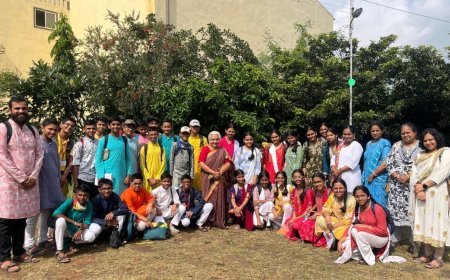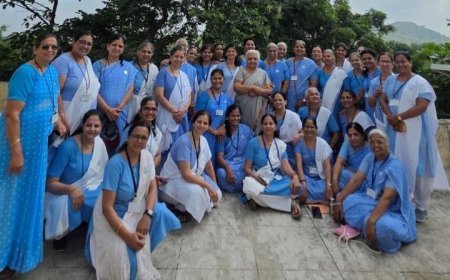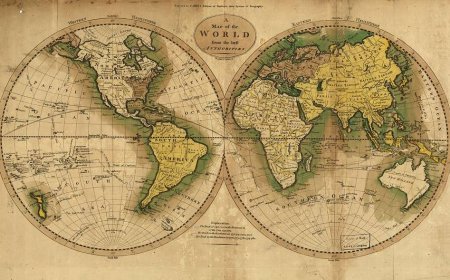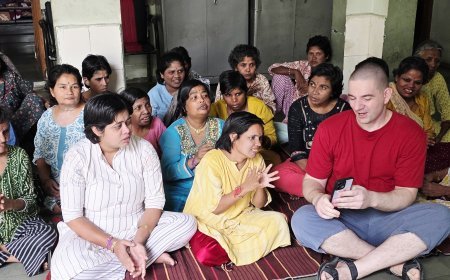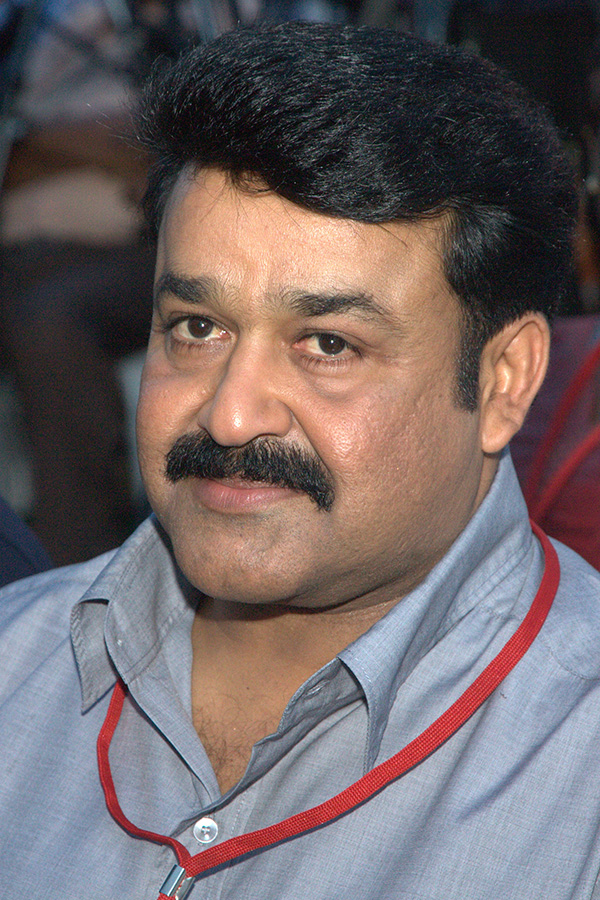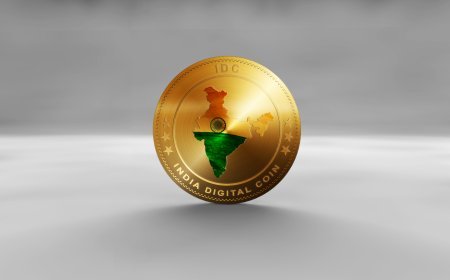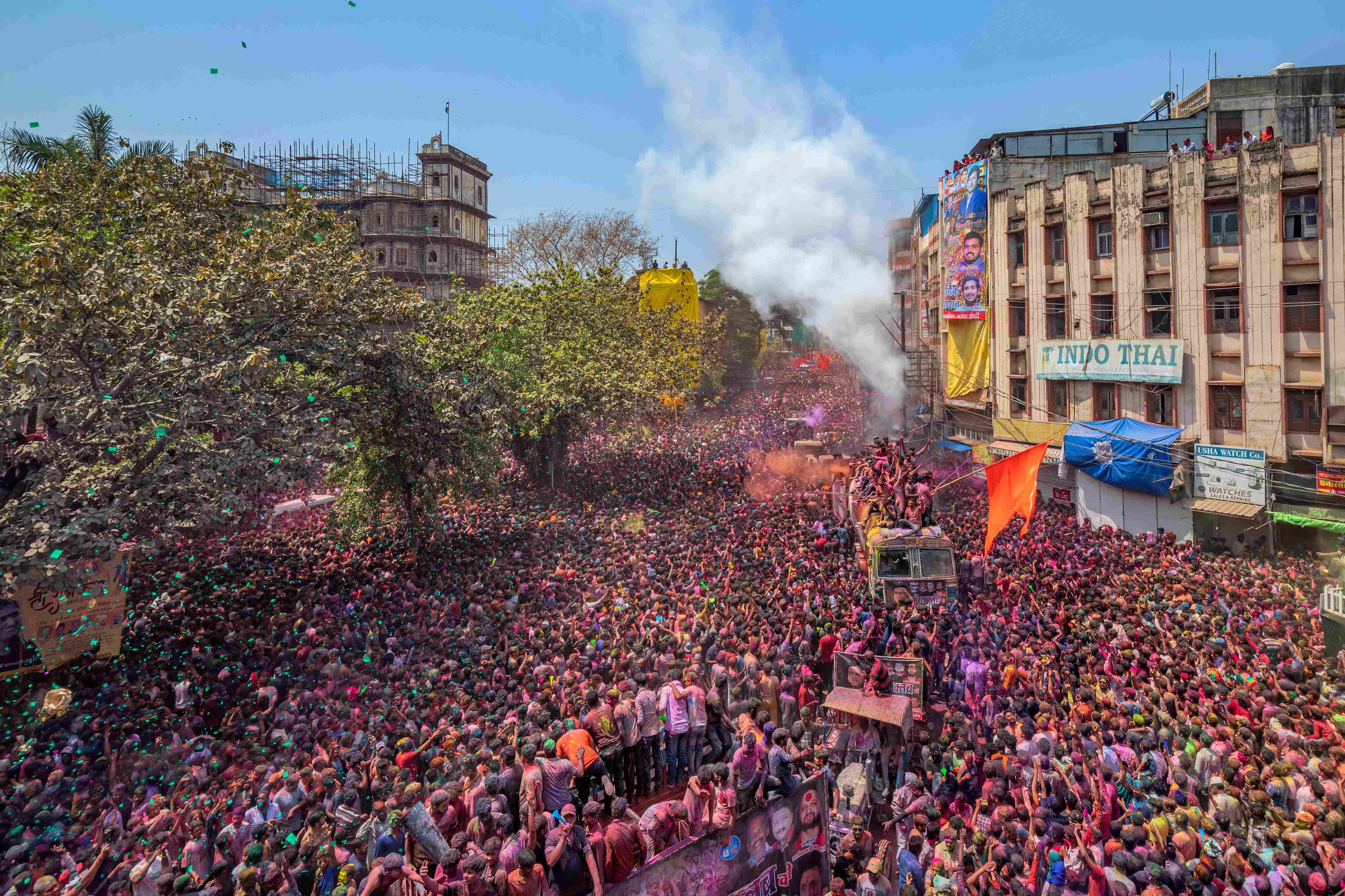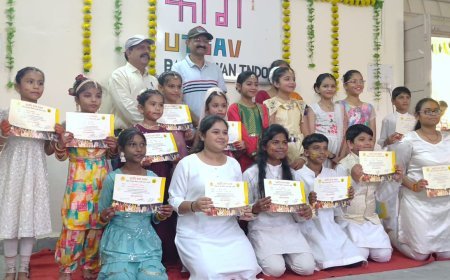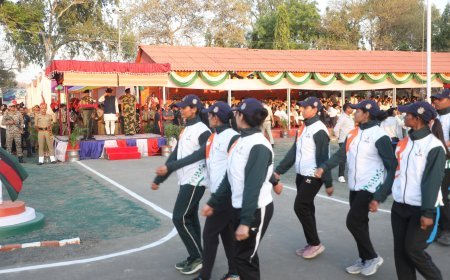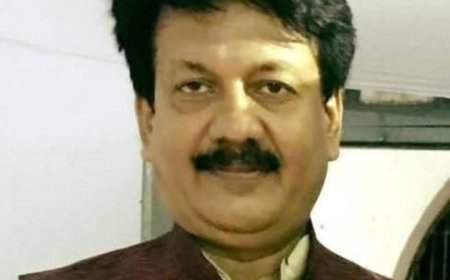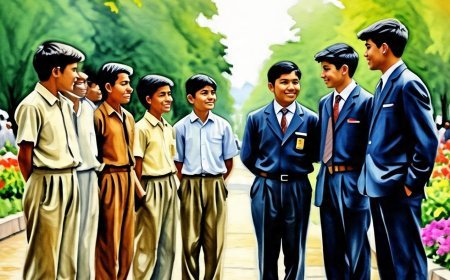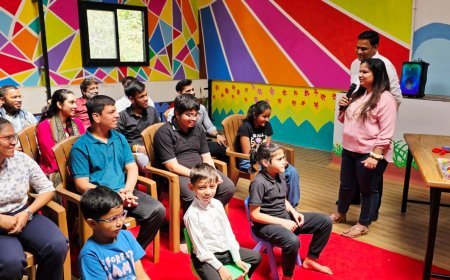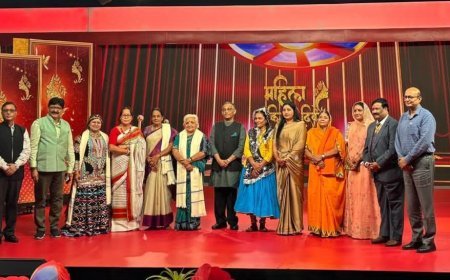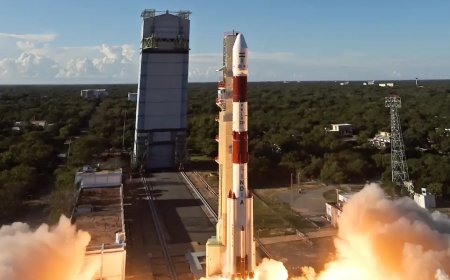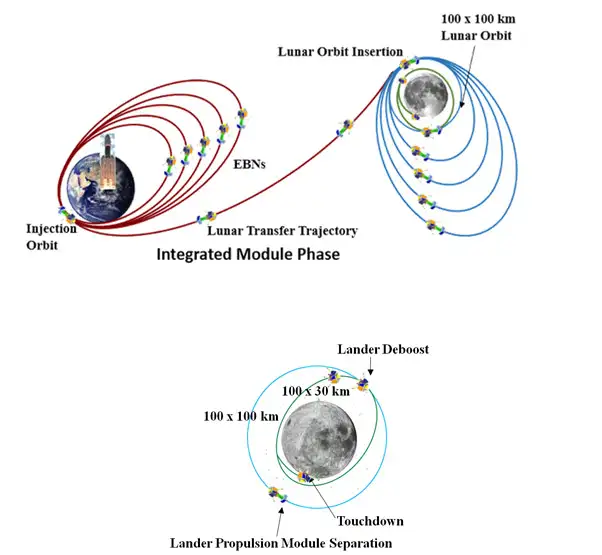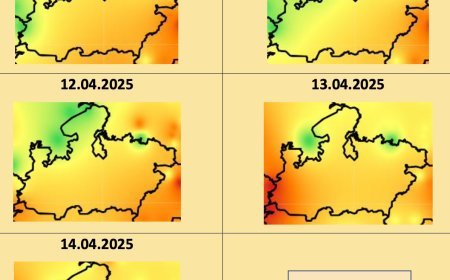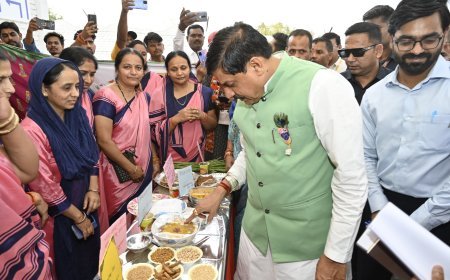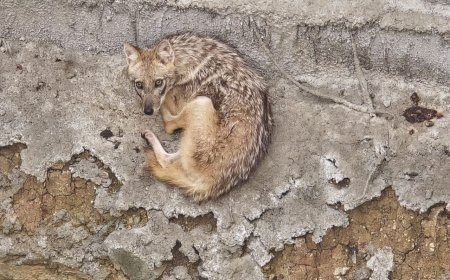Indore District Commences ‘Jal Ganga Conservation Campaign’ to Revitalize Water Bodies and Promote Sustainability
The Jal Ganga Conservation Campaign has been launched in Indore district, focusing on the construction of new ponds, restoration of existing water bodies, and the implementation of a large-scale tree plantation drive. The initiative aims to empower local communities, conserve water, and ensure sustainable water management practices across the district.
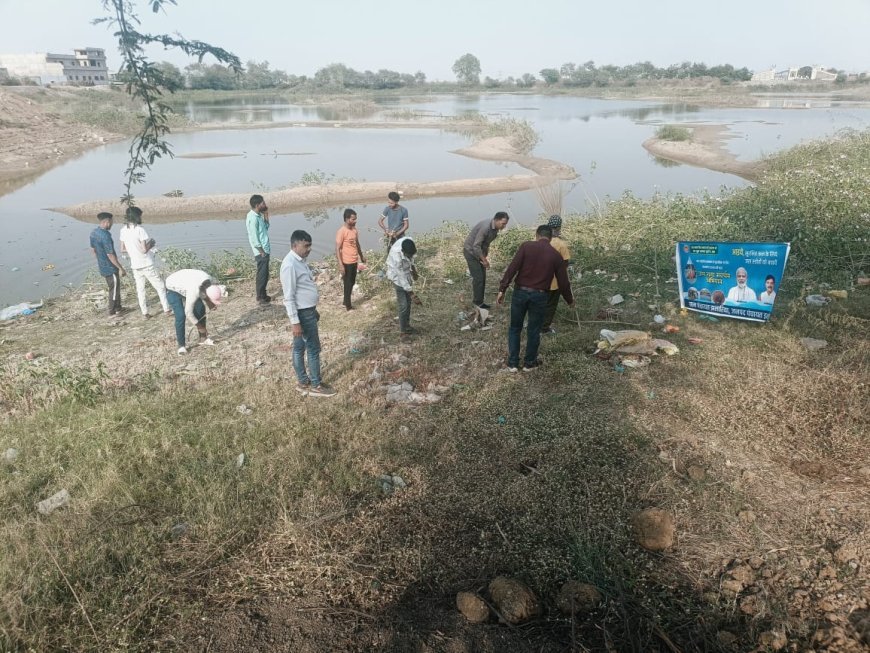
A Comprehensive Initiative to Construct New Ponds, Restore Traditional Water Bodies, and Execute Large-Scale Tree Plantation for Water Conservation
Jal Ganga Conservation Campaign has officially been launched in Indore district. This ambitious initiative, which will span the next three months, aims to restore the district's water bodies, ensure sustainable water management, and create awareness about water conservation. The campaign’s inauguration took place today, marked by several awareness programs organized at various locations across the district. The endeavor focuses on constructing new ponds, restoring historical water bodies such as ponds, wells, and step-wells, as well as undertaking a comprehensive tree plantation drive. A meticulous action plan has been crafted to ensure the success of this campaign, which will continue until 30th June 2025.
The campaign is part of a broader effort to implement the water conservation objectives set forth by Prime Minister Narendra Modi, with the endorsement of Chief Minister Dr. Mohan Yadav. It is a vital initiative, directly impacting the daily lives of every citizen, and will be carried out as a public movement, receiving collective support from all sectors. District Collector Ashish Singh emphasized that this campaign would rely on the active involvement of local communities and stakeholders, with a strong focus on both water conservation and afforestation. The initial phase of the campaign will prioritize the restoration of ponds and water bodies of historical, cultural, and religious significance, alongside the cleaning of temples and other revered water sources.
Key Features of the Campaign:
-
Joint Efforts for Restoration and Conservation: The campaign will see active participation from local communities, religious leaders, elected representatives, and the government. Essential resources, including machinery, labor, and materials, will be strategically deployed for the successful restoration and maintenance of water bodies.
-
Rituals for Water Conservation: Upon completion of restoration activities, rituals such as Varun Pujan (water worship) and Jal Abhishek (water anointing) will be performed, emphasizing the sacredness of water bodies. The responsibility for the ongoing maintenance of these sites will be transferred to the local communities to ensure sustainable management.
Programs Held Across the District on Day One:
Siddharth Jain, Chief Executive Officer of the District Panchayat, highlighted that the campaign’s inaugural day saw extensive water conservation awareness programs conducted in partnership with local villagers across several gram panchayats. In Mahu Block, a new pond construction project was launched in the village of Jambujurg, alongside the initiation of Boulder Checkdam construction in various villages to promote rainwater harvesting. In the Ramapuriya village, a similar initiative to construct a Checkdam was undertaken, with the active participation of local residents.
In the Indore block, the cleaning of a pond was initiated in the village of Jhalariya, with another pond cleaning activity starting in the village of Khudail Khurd.
Expansion of the ‘Amrit Sarovar’ Project:
Building on the success of last year's initiative, which saw the creation of 101 new Amrit Sarovars (divine ponds), the current campaign targets the creation of 19 new ponds under the Amrit Sarovar 2.0 project. The project is estimated to incur an investment of approximately ₹4.18 crore. To date, 10 sites have already been selected, and the remaining sites will be identified using advanced Geographic Information Systems (GIS) technology by 30th March 2025.
Addressing Encroachments on Water Bodies:
As part of the campaign, the revenue department will undertake the demarcation of ponds, ensuring they are accurately recorded in official revenue documents. Efforts will also be made to identify and remove encroachments on these water bodies, with boundary markers to be established to protect the integrity of the ponds. Furthermore, community involvement will be sought for the deepening and renovation of the ponds, with MGNREGA and other government schemes facilitating the restoration and reinforcement of these water bodies. The ponds will be equipped with improved inlet structures to increase water inflow, and surrounding areas will be used for large-scale tree plantation initiatives.
Water Conservation Initiatives at River Sources:
The campaign will also focus on the conservation and enhancement of water sources at the origin points of significant rivers in the district. Using remote sensing and field surveys, an action plan will be prepared for the implementation of watershed management activities. This includes the construction of gabion structures, trenches, tree plantations, and checkdams, all of which will be executed with active community participation.
Restoring Historical Water Structures:
The district will also undertake a comprehensive survey of old but historically significant checkdams and stop dams that are no longer functional. Based on the findings, a detailed restoration plan will be devised. Community involvement will be integral in the de-silting process, ensuring the efficient revitalization of these water structures. Additionally, the maintenance of communal wells in rural areas will be enhanced to promote better water usage.
Large-Scale Tree Plantation Efforts:
Under the Mahatma Gandhi NREGA scheme, land near traditional water sources will be identified for extensive forestry and horticultural plantation during the monsoon season. The availability of plant saplings will be ensured through local nurseries, with a special focus on nurseries operated by Self-Help Groups (SHGs).
Empowering Local Youth as ‘Jal Doots’:
As part of the campaign, 1-2 youth (both male and female) from each village will be selected and trained as Jal Doots (Water Messengers). These individuals will assist in the restoration, cleaning, and awareness activities, while also helping with the identification of beneficiaries for government water programs. Jal Doots will play a critical role in educating the public on the efficient use of water and the importance of water conservation. Registration of these youth volunteers will also be carried out to maintain a robust network of water conservation ambassadors.
Organizing Water Panchayats and Awareness Campaigns:
To further promote the objectives of the campaign and educate the public on the importance of water conservation, Pani Panchayats (Water Committees) and Pani Chaupal (Water Meetings) will be organized. These sessions will inform citizens about rainwater harvesting, groundwater conservation, and the need for collective action in water management. Strategies for water conservation in the upcoming financial year will also be discussed, and these initiatives will be implemented with public participation.

